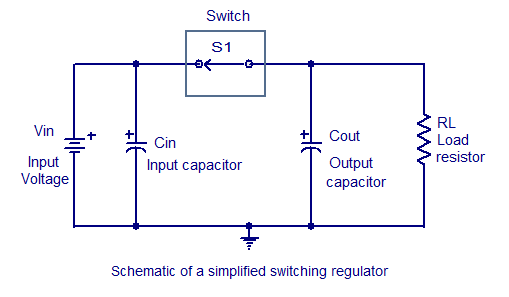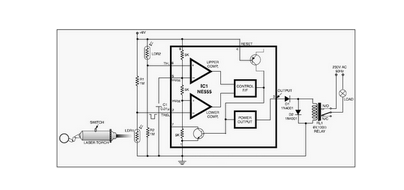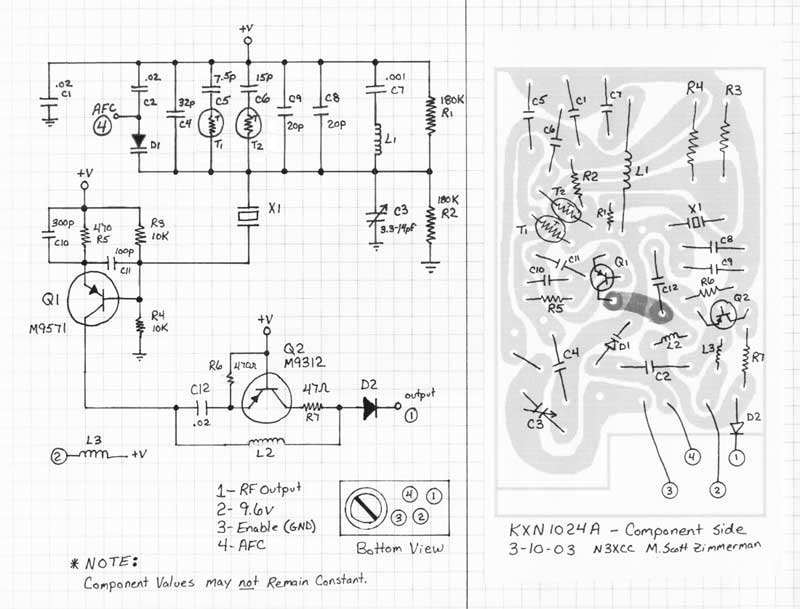
BT136 Temperature Controlled Fan Regulator

The function is designed to automatically control the speed of a fan based on the temperature. Components include a BT136 Triac, capacitor, resistor, relay, and fan motor.
The circuit employs a temperature sensing mechanism to monitor ambient temperature levels. A thermistor or similar temperature sensor can be integrated into the circuit to provide real-time temperature readings. This sensor outputs a voltage that varies with temperature, which is then processed by a microcontroller or comparator circuit.
The BT136 Triac is utilized as the primary switching device to control the power delivered to the fan motor. When the temperature exceeds a predefined threshold, the microcontroller activates the Triac, allowing current to flow to the fan motor. The speed of the fan can be modulated by adjusting the phase angle of the AC waveform using a zero-cross detection circuit, which helps in controlling the firing angle of the Triac.
Capacitors and resistors are used in the circuit to filter noise and stabilize voltage levels, ensuring reliable operation. A relay may be included for isolation and to handle higher current loads, providing additional safety and control over the fan motor's operation.
The overall design ensures efficient fan speed regulation, allowing for energy savings and improved comfort in environments where temperature control is critical. This automated system enhances user convenience by eliminating the need for manual adjustments while maintaining optimal airflow based on temperature conditions.The function for automatically control the speed of your fan according to the temperature. Component: BT136 Triac, Capacitor, Resistor, Relay, Fan Motor, .. 🔗 External reference
The circuit employs a temperature sensing mechanism to monitor ambient temperature levels. A thermistor or similar temperature sensor can be integrated into the circuit to provide real-time temperature readings. This sensor outputs a voltage that varies with temperature, which is then processed by a microcontroller or comparator circuit.
The BT136 Triac is utilized as the primary switching device to control the power delivered to the fan motor. When the temperature exceeds a predefined threshold, the microcontroller activates the Triac, allowing current to flow to the fan motor. The speed of the fan can be modulated by adjusting the phase angle of the AC waveform using a zero-cross detection circuit, which helps in controlling the firing angle of the Triac.
Capacitors and resistors are used in the circuit to filter noise and stabilize voltage levels, ensuring reliable operation. A relay may be included for isolation and to handle higher current loads, providing additional safety and control over the fan motor's operation.
The overall design ensures efficient fan speed regulation, allowing for energy savings and improved comfort in environments where temperature control is critical. This automated system enhances user convenience by eliminating the need for manual adjustments while maintaining optimal airflow based on temperature conditions.The function for automatically control the speed of your fan according to the temperature. Component: BT136 Triac, Capacitor, Resistor, Relay, Fan Motor, .. 🔗 External reference





